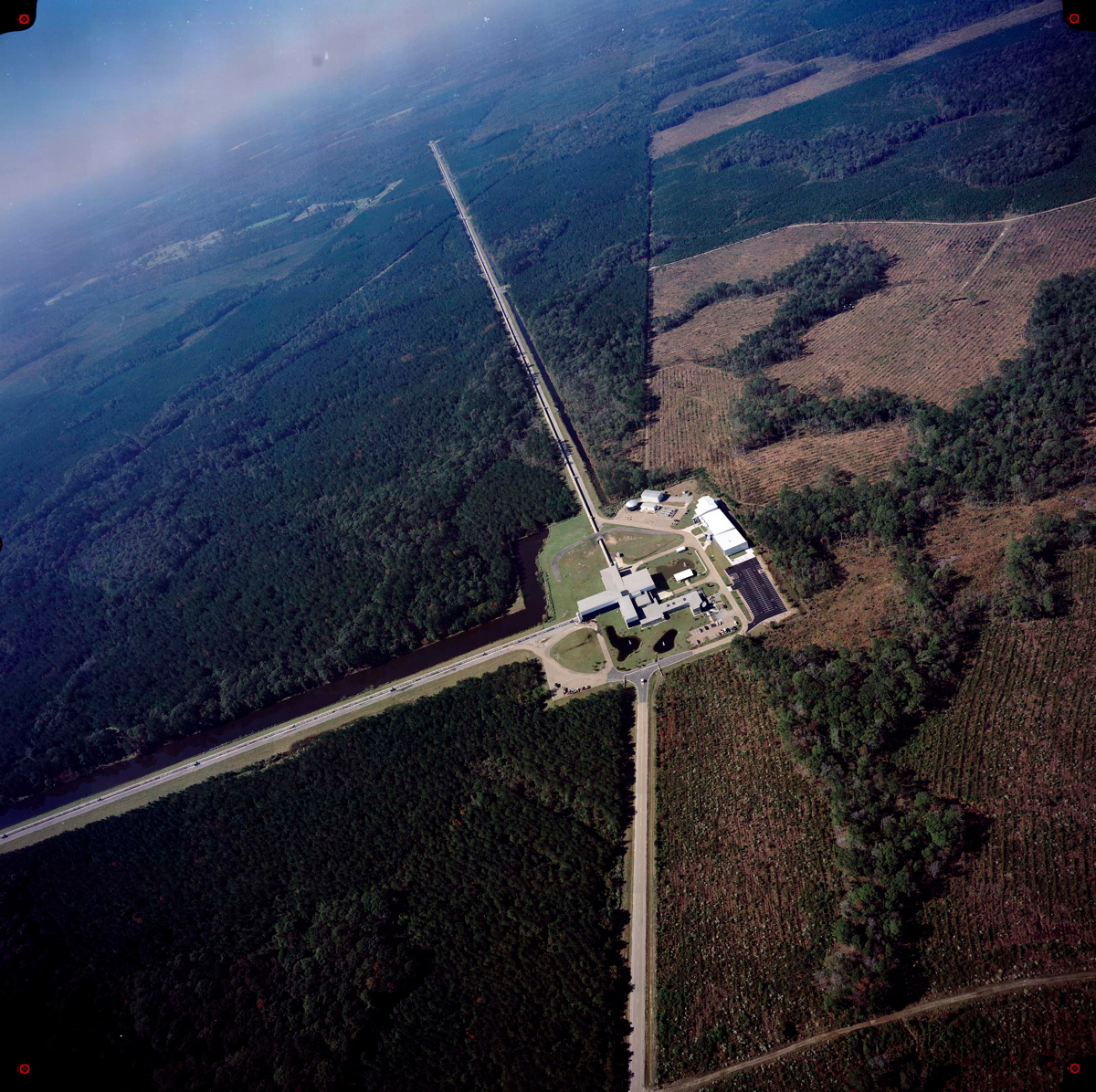The Search for Gravitational Waves: New Documentary on Project LIGO Launches (Watch Online)

A newly released documentary brings the hunt for ripples in the fabric of space-time — called gravitational waves — into focus, and you can watch it live on Space.com.
The 20-minute film, called "LIGO, A Passion for Understanding," follows the scientists working to create one of the most powerful scientific tools ever made: the Laser Interferometer Gravitational-Wave Observatories, or LIGO for short. LIGO collected data between 2004 and 2010, but a newly upgraded version of the instrument is set to come online in 2015. You can watch the LIGO documentary on Space.com now.
"As an aspiring filmmaker, it is my intent to focus on films which act as a conduit for science education and outreach," Kai Staats, the director of the new film, said of the inspiration behind the documentary. "While the general populous understands 'cancer research' and frequently quotes the most recent findings on age or diet, most people do not really understand what science is about, nor even what 'science' means." [Photos: Hunting Gravitational Waves with LIGO]

The $205 million LIGO is designed to detect gravitational waves from Earth using a laser that shoots down two 2.5-mile (4 kilometers) arms outfitted with mirrors. In theory, if a gravitational wave passes, the two lasers will change size relative to each other.
The two LIGO observatories — one in Washington state and another in Louisiana — are seismically isolated so that scientists can try to be sure that they are measuring a gravitational wave instead of another event that could shake up the positioning of the lasers.
Staats worked with the LIGO scientists and used animation to show some of the more complex ideas explored in "LIGO, A Passion for Understanding."
"The film was shot in just 12 days at LIGO Hanford Observatory, mid December 2013," Staats told Space.com via email. "The 3D art was produced by the talented artist Leonardo Buono. The trailer was completed by mid January. Editing of the proper film was initiated the second week of February and completed (mostly) by mid March, with some fine-tuning of key sections. I estimate nearly two hundreds hours editing for the trailer and film."
Get the Space.com Newsletter
Breaking space news, the latest updates on rocket launches, skywatching events and more!
LIGO's science is on the cutting edge of astrophysics today. Gravitational waves have recently made headlines, thanks to a new result from a telescope called BICEP2 (short for Background Imaging of Cosmic Extragalactic Polarization) in Antarctica.
Although LIGO will not look for these early gravitational waves, Staats did want to include something about primordial gravitational waves in the film. He even crafted a section about them. But the timing didn't work out, so the late-breaking science didn't make the cut.
"Given the time to premiere, we chose to use the next film as a place to thoroughly explain the various frequencies of gravitational waves and what they mean to human observers," Staats said. "It is never easy to drop part of film … but now we can look forward to an in-depth, likely very creative visual explanation in the next chapter."
Staats hopes that he'll have a chance to follow up the new documentary with another. The next film will detail the stories of the founder of LIGO and the new scientists working with the detector today.
Editor's Note: This story was updated at 12:53 p.m. EDT on April 15.
Follow Miriam Kramer @mirikramer and Google+. Follow us @Spacedotcom, Facebook and Google+. Original article on Space.com.
Join our Space Forums to keep talking space on the latest missions, night sky and more! And if you have a news tip, correction or comment, let us know at: community@space.com.

Miriam Kramer joined Space.com as a Staff Writer in December 2012. Since then, she has floated in weightlessness on a zero-gravity flight, felt the pull of 4-Gs in a trainer aircraft and watched rockets soar into space from Florida and Virginia. She also served as Space.com's lead space entertainment reporter, and enjoys all aspects of space news, astronomy and commercial spaceflight. Miriam has also presented space stories during live interviews with Fox News and other TV and radio outlets. She originally hails from Knoxville, Tennessee where she and her family would take trips to dark spots on the outskirts of town to watch meteor showers every year. She loves to travel and one day hopes to see the northern lights in person. Miriam is currently a space reporter with Axios, writing the Axios Space newsletter. You can follow Miriam on Twitter.









